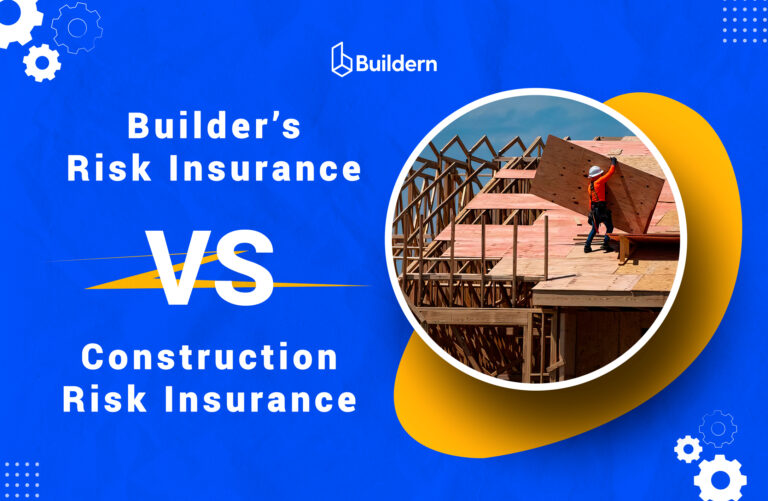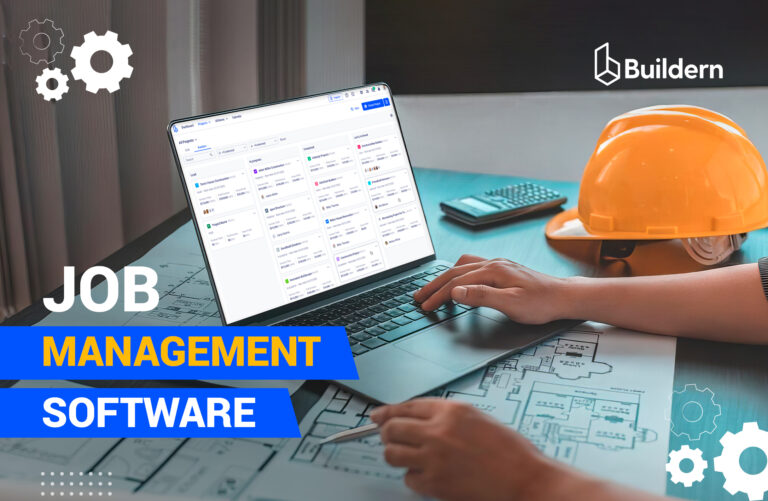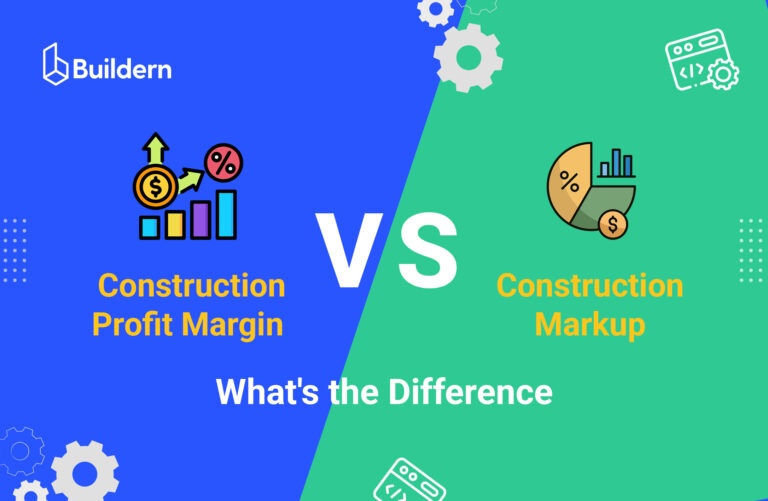AI Billing in Construction: What It Is and How It Helps with Repetitive Tasks
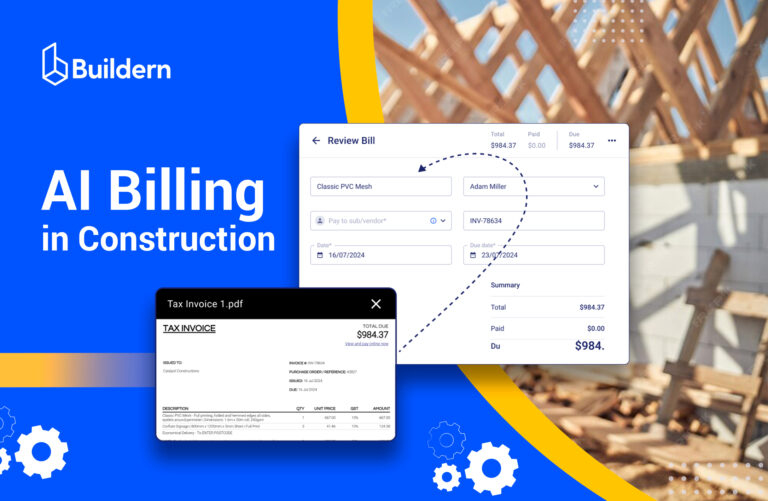
Billing in the construction industry is not as straightforward as in other areas. It’s more complicated than providing a service and being paid for it. Construction projects often involve evolving scopes of work, fluctuating material prices, and intricate payment schedules.
Besides, there are different types of billing and such factors as retainage or markups. This complexity leaves room for delays, manual errors, and potential disputes with clients. This is the reason builders choose digital tools to simplify the process.
Just as in many other industries, AI helps with some repetitive manual operations. In this article, we will figure out how to set up AI billing and simplify his aspect of the builder’s complex financial processes. So, let’s dive into it.
Table of Contents
- Billing Specifics in Construction
- Challenges of Traditional Construction Billing
- How AI Billing Works?
- Benefits of Automated Billing in Construction
- Main Highlights

Billing Specifics in Construction
Each construction project comes with unique challenges. There are different requirements, contracts, and expectations from clients and subcontractors.
In some industries, invoices follow a standard pattern. Meanwhile, in construction, billing must reflect payment terms, progress, and changes. This makes choosing and managing the right billing method a key step for contractors.
The most common approaches include
- Lump sum progress payments: The sides agree on a payment before the project starts or on project completion.
- Lump Sum Completion Percentage: This method is used to pay when some specific stages of the project are completed.
- Cost Plus: In this case, builders bill clients for each cost during the project. The general contractors provide homeowners with detailed reports on expenses and add a percentage of the total costs or a fixed fee as a profit.
- Guaranteed Maximum Price (GMP) Billing: The contractor sets an upper limit to the total costs to be recorded during the project. GMP allows clients to keep their budget within some limits.
- Unit Pricing: Client is charged when a specific unit of work, like per square foot or item, is completed.
- Time and Materials (T&M): Builders charge the homeowners based on materials used and the number of labor hours spent during the project.
Each method has its own specifics and should be clarified from the very start of the project. The general contractor should clearly communicate this to subcontractors as well, ensuring everyone understands the payment schedule and what’s included.
If the general contractor uses construction project management tools, this is the first thing that is set when launching the project.
Maintaining accurate project records is also important to avoid confusion while arranging timesheets and change orders.
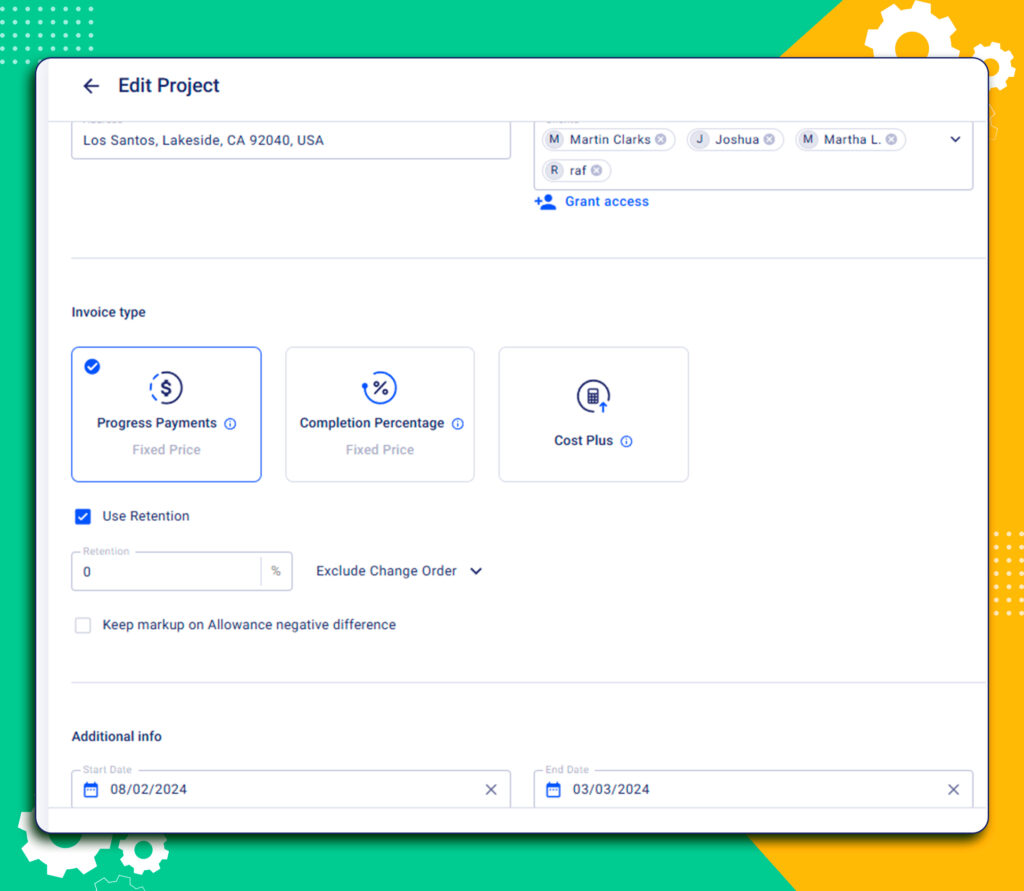
Challenges of Traditional Construction Billing
If done right, construction billing ensures there is a steady cash flow. However, traditional billing methods in construction come with several hurdles that can slow down projects. Let’s examine the challenges a general contractor may encounter.
Many Stakeholders and Disorganized Data
It’s not hard to write an invoice for one service. But imagine dozens of services and goods and dozens of stakeholders every week. With clients, subcontractors, suppliers, and project managers all involved, billing information often gets lost in emails, spreadsheets, or paper documents. This requires constant copying and pasting of data from one file to another. Such a kind of fragmentation makes it hard to keep records accurate and consistent.
Delayed Billing Cycles
Some construction projects are billed weekly, while others are billed in stages. Contractors often need to prepare invoices tied to milestones, progress percentages, or contract-specific schedules.
Unless automation is used, there is always a risk of falling behind actual project progress. If working under a cost-plus agreement, the process becomes even more paperwork-heavy. The builder needs detailed documentation of every expense and markup.
Disputes Over Line Items and Contracts
There is hardly any project without small discrepancies. Clients may challenge charges, and subcontractors might question payment amounts. It’s a routine of the construction project. If a general contractor is running several projects simultaneously, this may be difficult to control. Without some automation tools, resolving these issues is slowing down the entire workflow.
Lack of Real-Time Visibility
In traditional billing, financial data is often updated after the fact. Contractors have to check all documents every day to see the status of costs.
With so much information scattered around, it may appear that he builder does not know the exact status of costs, pending invoices, or approved change orders until a report is compiled. Besides, the lack of a centralized system means that contractors cannot quickly respond to homeowners’ inquiries about billing updates.

How AI Billing Works?
The adoption of AI in construction is accelerating worldwide. According to some forecasts, the global AI in the construction market will reach $7.8 billion by 2030. Thus, automation of the billing process with digital tools has been a regular practice so far. Now the AI makes it even smoother.
First of all, using AI means having additional speed in everything that you do. Instead of a long manual process, you get fast solutions to the tasks that took hours to complete.
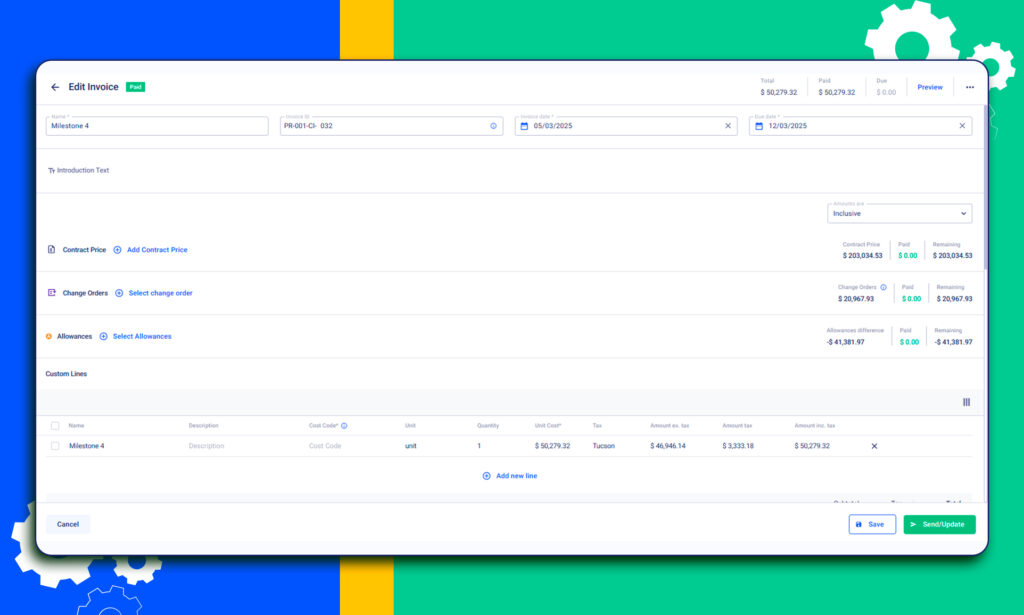
The same applies to construction billing with its multiple stakeholders and frequent changes on all levels. Dozens of purchase orders and invoices take up much time if done manually.
There is sensitive data like the account number, taxes, fees, and banking information. For example, one minor mistake when copying the account can lead to delays in payments.
Meanwhile, with AI billing the process is fully automated. Instead of manually collecting data from timesheets, purchase orders, or change orders, AI pulls information directly from a scanned receipt and generates accurate invoices.
This eliminates the need for copying and pasting numbers across several files, significantly reducing the risk of errors.
Automatic Scanning
Bills can be uploaded in several ways:
- Manually through the dashboard of the construction software
- Forwarded directly via email
- Dragged and dropped into the system
The AI automatically scans the document, extracts key details such as vendor information, dates, line items, taxes, and total amounts, and generates a draft bill for review.
Moreover, you can add a cost code for each bill. This ensures every expense is automatically linked to the right budget category. Doing this makes it easier to track project costs and maintain accurate financial records.
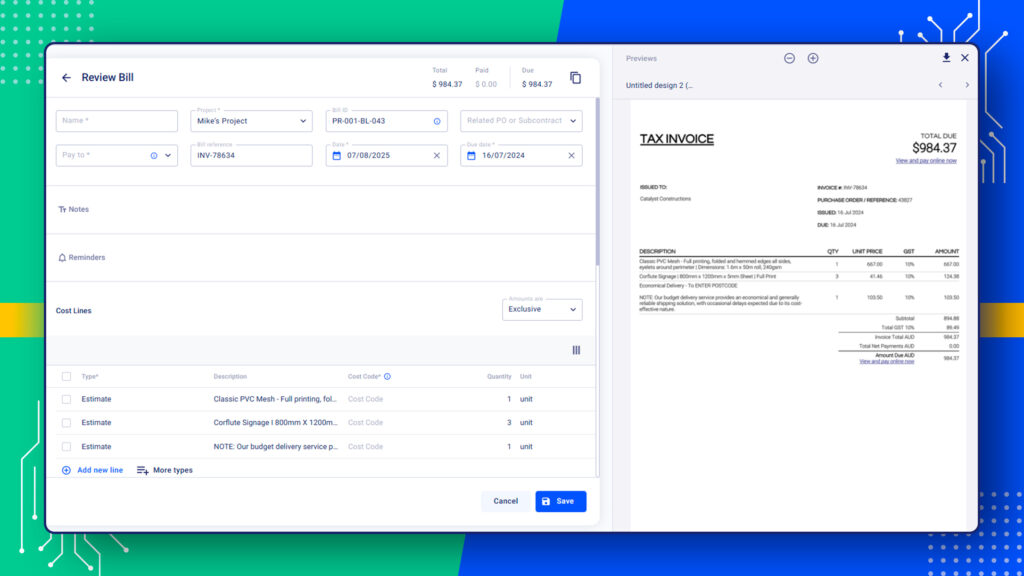
Benefits of Automated Billing in Construction
It may seem that AI billing offers a slight improvement to your everyday operations. However, it solves one of the problems of traditional construction billing, which is an uninterrupted flow of time-consuming repetitive tasks. What are the main benefits?
- Time Saving: Project managers and accountants have no need to spend hours collecting data, cross-checking numbers, and preparing invoices. Automation eliminates repetitive tasks, and AI frees up valuable time that can instead be used for managing projects more effectively.
- Cash Flow Optimization: When dozens of invoices are processed quickly and correctly, efficient cash flow follows naturally. Faster billing means contractors can focus on the quality of the construction process instead of filling in numbers manually.
- Transparency: AI billing also improves accountability. Every invoice is backed by project data, giving clients and subcontractors confidence that charges are fair and accurate.
- Integration with Accounting Software: In addition, when automated, bills, expenses, and payments integrate seamlessly with accounting tools like QuickBooks and Xero.
Integration with Construction Management Software
Automated billing is more effective when it works in sync with other features of construction management software. Every invoice is the result of decisions made in budgets, change orders, and estimating.
💡When a purchase order is approved, the data flows directly into the billing system. There is a corresponding cost code that makes it easier to group expenses.
Estimates set at the project’s start provide a financial baseline. As invoices are generated, they can be compared against estimates, ensuring contractors know if they exceed projected costs or not.
Timesheets and schedules can also be linked, ensuring that labor hours and progress-based payments are accurately represented in invoices.
Change orders, which are a part of financial management, are also integrated seamlessly. This level of integration means contractors don’t need to check spreadsheets one by one or look for missing records. Instead, all financial data remains centralized and consistent.
Thus, using software and adopting AI is no longer a future trend but is necessary for contractors. Most importantly, this shift affects the day-to-day financial operations and long-term growth.

Can AI Help with Billing?
AI can significantly improve the billing processes by reducing manual work. Construction involves multiple billing methods such as cost-plus, progress-based, or unit pricing. Each has its own rules, retainage, and markups. To avoid these complexities, AI helps do everything faster and more efficiently. For example, it takes just a minute and a click to scan PDFs and integrate the invoice into software.
How AI Helps Solve Billing Errors?
AI minimizes billing errors in construction by automating the steps leading to mistakes.
Instead of manually copying data, AI scans bills, extracts key details, and drafts invoices automatically. This reduces the risk of typos and incorrect calculations.
How Does Automated Billing Save Time for General Contractors?
Any construction project consists of hundreds of financial documents from multiple sources. Although it’s essential to keep this administrative workflow under control, it should not take too much time. If such tasks are automated, contractors can focus more on project management and client relationships.
Main Highlights
With complicated construction billing, AI takes on the functions of an assistant who is dealing with administrative tasks. In the construction software tools, AI scans bills and auto-fills bill details to minimize errors and speed up data entry.
Moreover, every bill is linked to a respective project and flags duplicate data to save time for other, more important tasks. Using AI in financial management means automating repetitive tasks and reducing errors.
